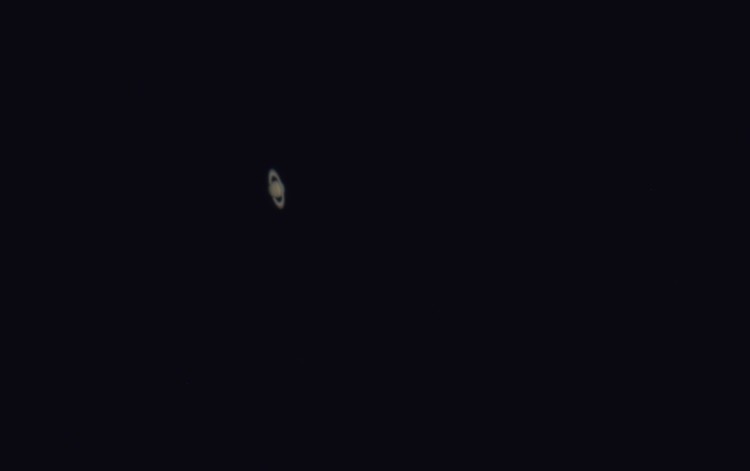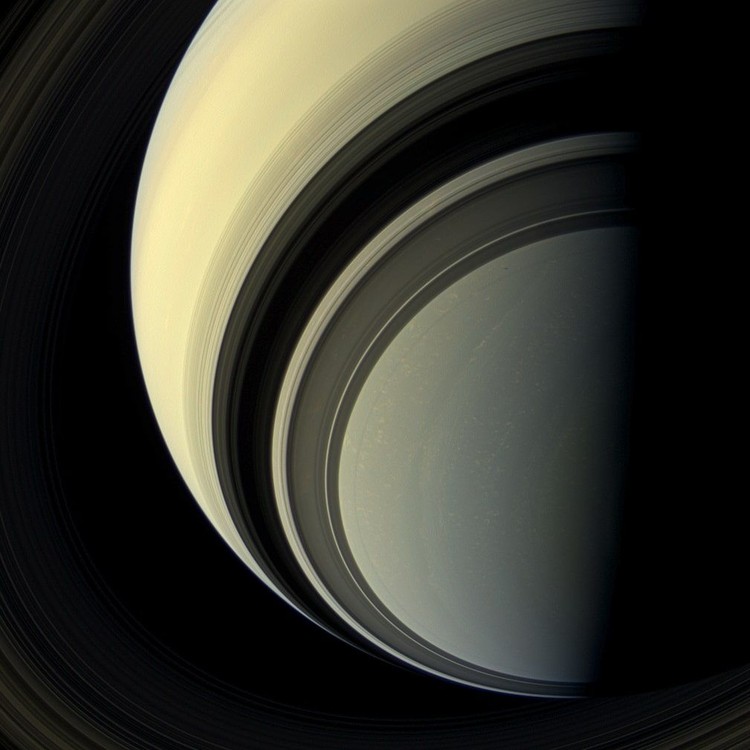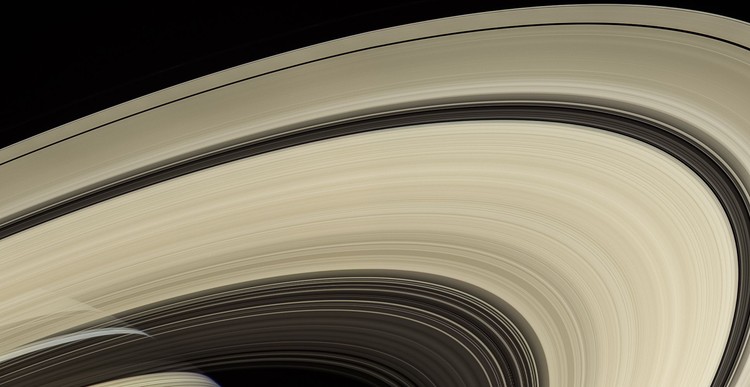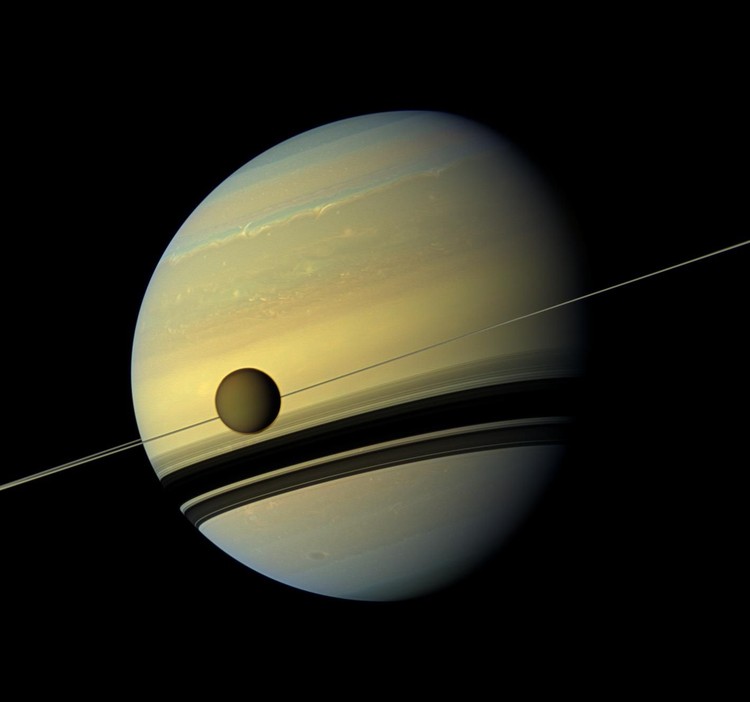Jakarta - Sabtu (7/8) malam, Saturnus dan Jupiter dapat teramati dengan jelas di langit Sumedang. Planet bercincin Saturnus punya sejumlah fakta menarik untuk diketahui.
FotoINET
Fakta Menarik Saturnus yang Terlihat Jelas di Langit Sumedang
Minggu, 08 Agu 2021 08:17 WIB

(/)








































































